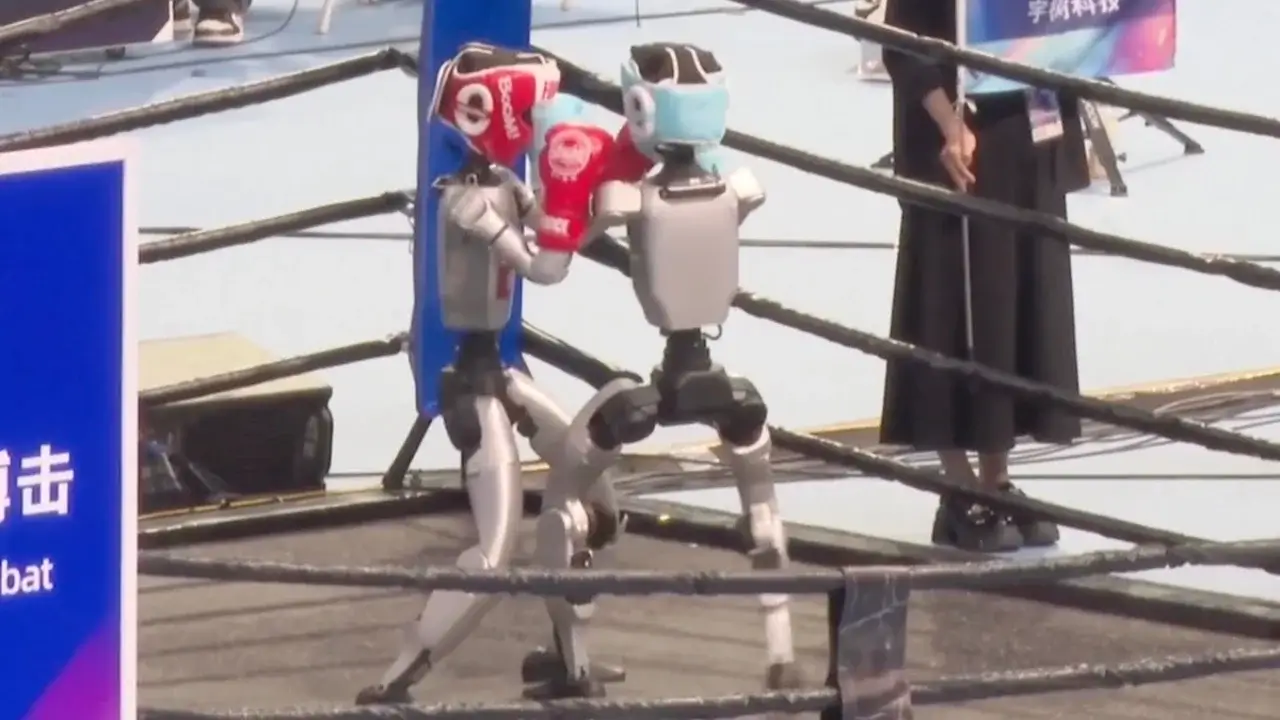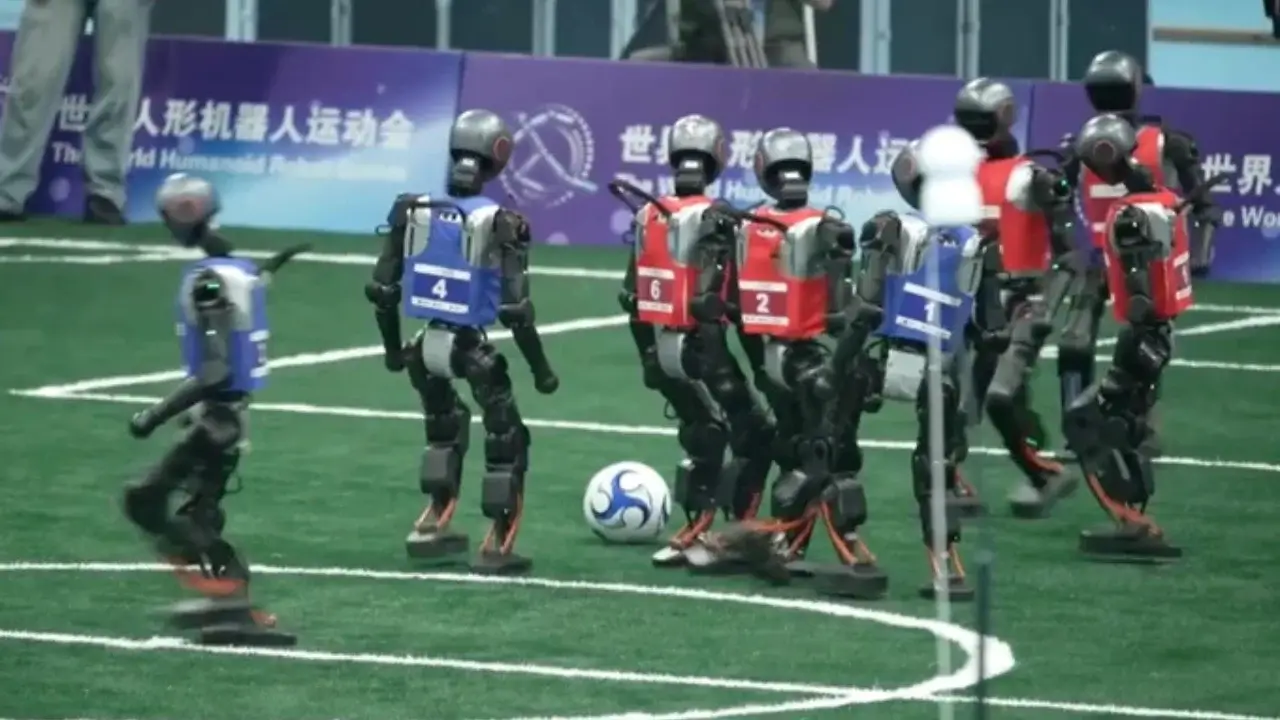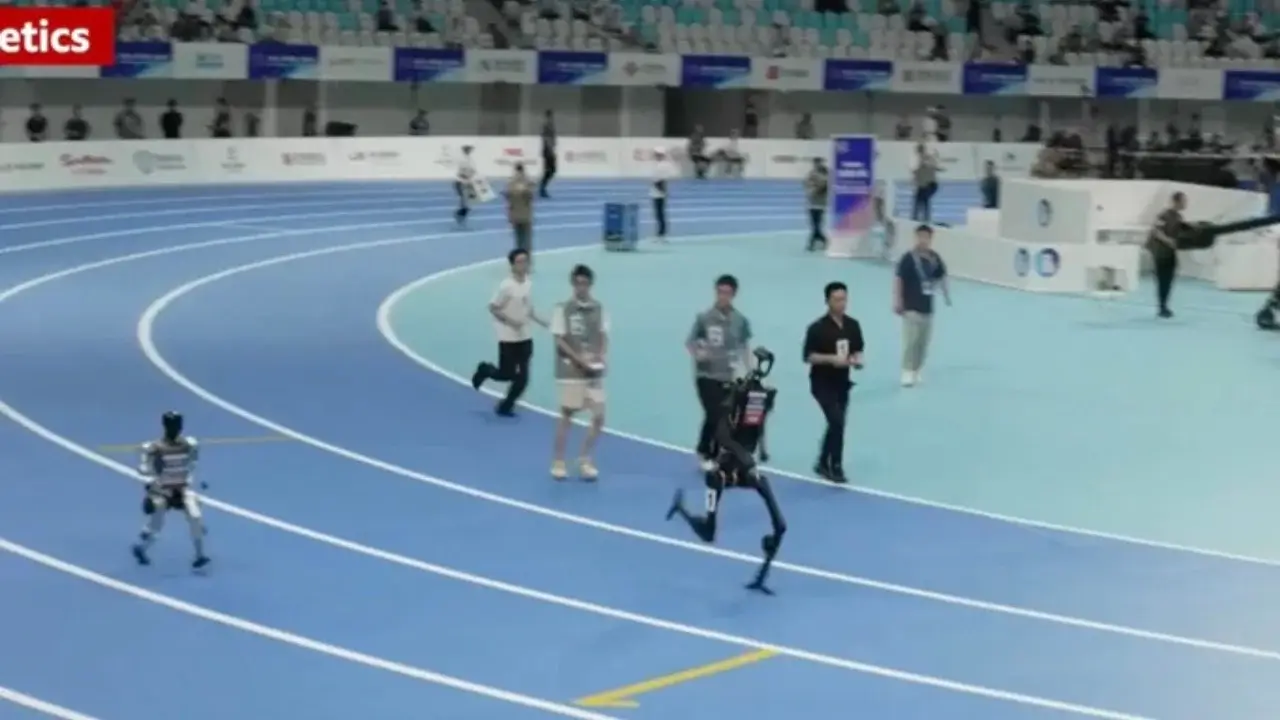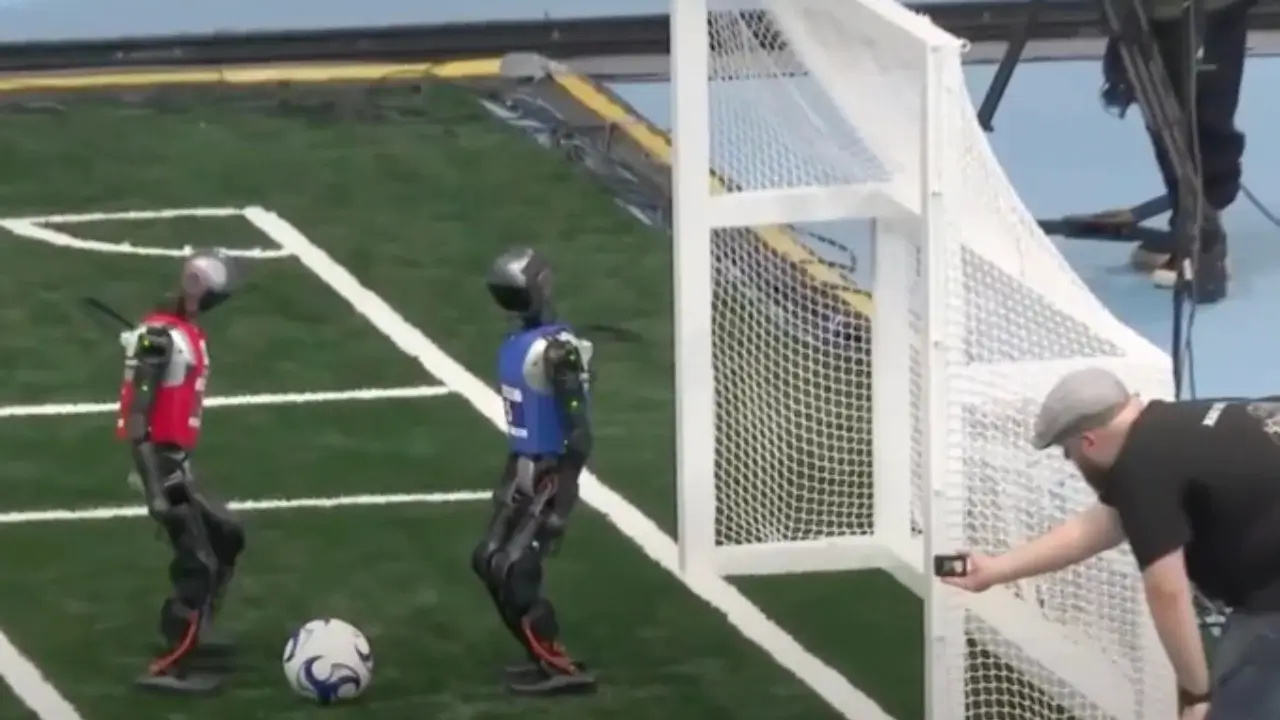
China has launched its first-ever humanoid robot Olympics, where hundreds of humanoid robots from 16 countries are competing in football, athletics, martial arts, table tennis, and even dancing.
This prestigious three-day event has brought together a total of 280 teams. Among them, alongside robots representing major countries such as the United States, Germany, and Brazil, are creations from leading Chinese companies Unitree and Fourier. 192 teams represent universities, while 88 teams are from private companies.
Sport — a testing ground for robot intelligence and mobility
According to the organizers, the main goal of the event is to test current robotics technology and further improve it. Sporting competitions are seen as the most effective way to evaluate robots’ decision-making abilities, mobility skills, and control systems. The experience gained could later be applied in factories and domestic environments.
During the competitions, robots are not limited to sports — they also perform tasks such as sorting medicines, recycling raw materials, and providing various services. This demonstrates their potential applications in real-life situations.
China’s major investment in robotics
As reported by the BBC, China’s rapid development in robotics comes amid an aging population and slowing economic growth. Over the past year, the sector received more than $20 billion in government subsidies. The Beijing government also plans to establish a one trillion yuan ($137 billion) fund to support artificial intelligence and robotics startups.
In recent months, China has hosted a number of high-profile robotics events, including the world’s first humanoid robot marathon in Beijing, a dedicated robot conference, and the opening of retail stores focused on humanoid robots.
Global humanoid competitions
For reference, from August 29 to September 2 this year, the first-ever International Humanoid Olympics will be held in Olympia, Greece — the birthplace of the Olympic Games.
Footage from the games




Users of Меҳмон are not allowed to comment this publication.













